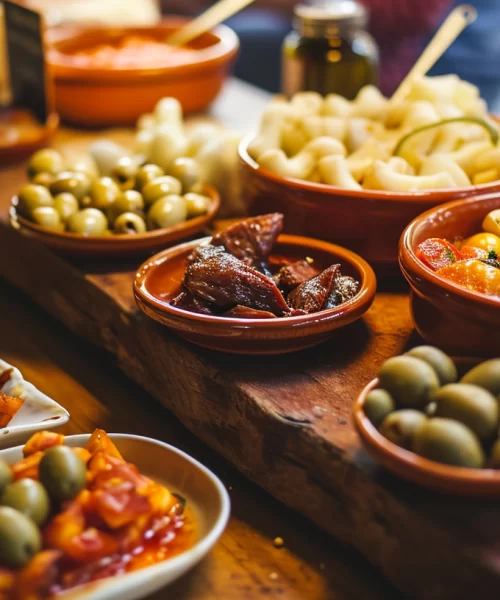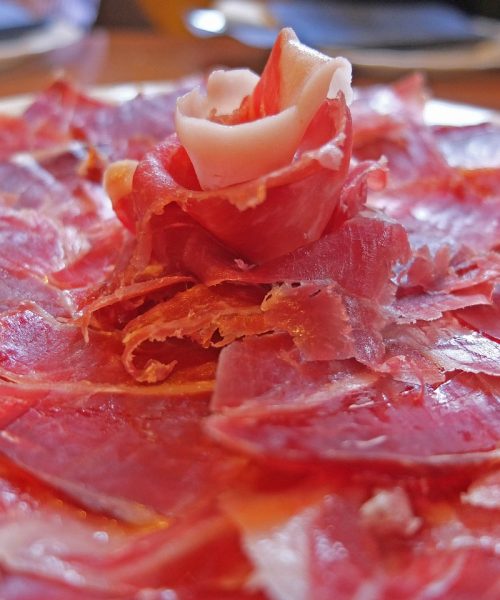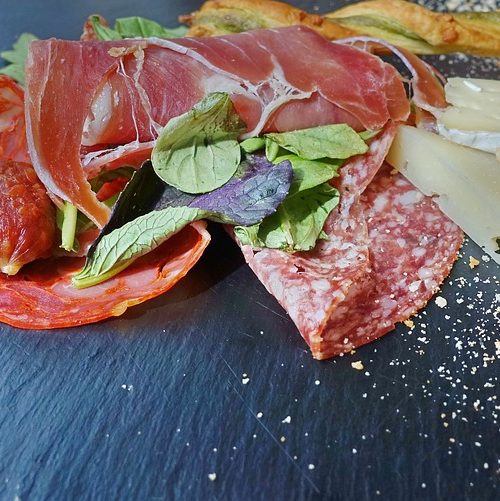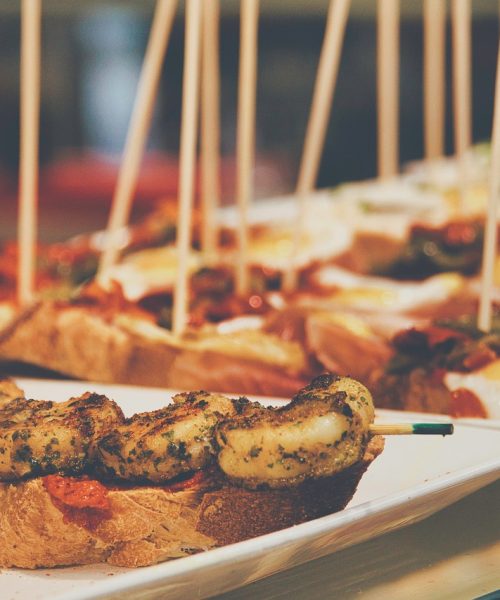If you are a lover of this Spanish product, you will surely be interested in knowing a little more about the particular life and stages that the Iberian pig goes through on the pastures of the Iberian Peninsula. Read on to learn what the “montanera” is and how it affects the quality of Iberian ham.
What is the “montanera”?
The Montanera is the time when the Iberian pigs live freely in the dehesa and feed on grass, herbs and above all acorns. During the “montanera” the Iberian pigs are fattened until they reach the ideal weight. The “montanera” is very important for the quality of the final product, since the pigs can travel long distances every day (up to 10 km) in search of food. These long walks help the fat penetrate into the muscle tissue, giving Iberian ham a high percentage of polyunsaturated fatty acids, which is very beneficial for cardiovascular health in humans.
How long does the “Montanera” last?
The Montanera is the last phase of the rearing of the Iberian pig and takes place in autumn and winter. In general, the Montanera lasts from late October to March of the following year. The montanera is carried out at this time of the year because the acorns have reached their optimal degree of ripeness at this time.
The dehesa and the acorns
The dehesa points a wide variety of plants, trees and shrubs, including holm oaks, Portuguese oaks and cork oaks. These three trees provide the acorns on which the Iberian pigs feed. The pigs are able to distinguish one acorn from another with their sense of smell and recognize, for example, the acorns of the Portuguese oak, which are sweeter and they prefer them. Curiously, the Iberian pigs do not eat the acorns whole, but peel them and throw away the skin.
On the other hand, the Iberian pig also finds a large amount of herbs, shrubs, mushrooms in the pasture and various roots that complement its diet.
Climate also affects the Montanera
Climate is one of the most important factors in determining whether a “Montanera ” rated as good or bad. For example, dry years lead to lower acorn production or frosts at the end of winter can affect flowering, so that the quantity of acorns required for optimal rearing of the Iberian pig is not obtained. In this way, the vintage also influences the quality of the Iberian ham, just like in the production of the best wines.





